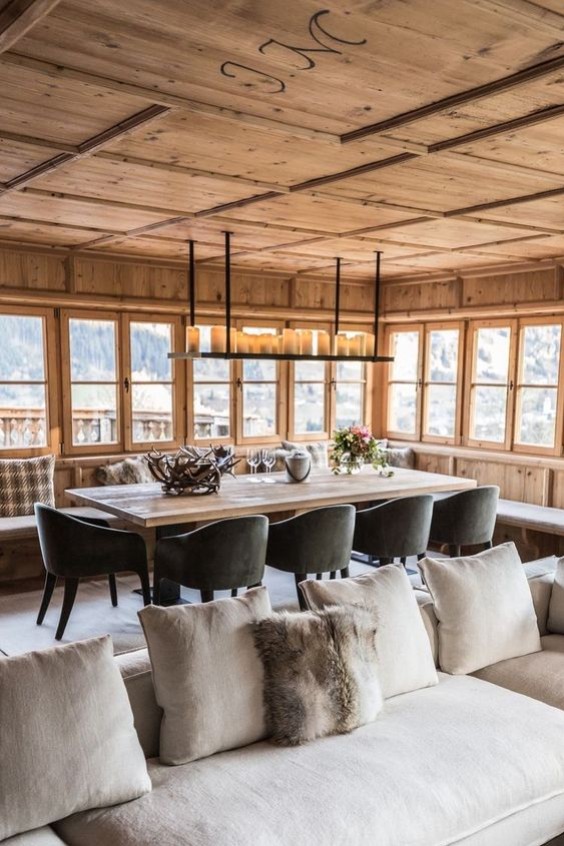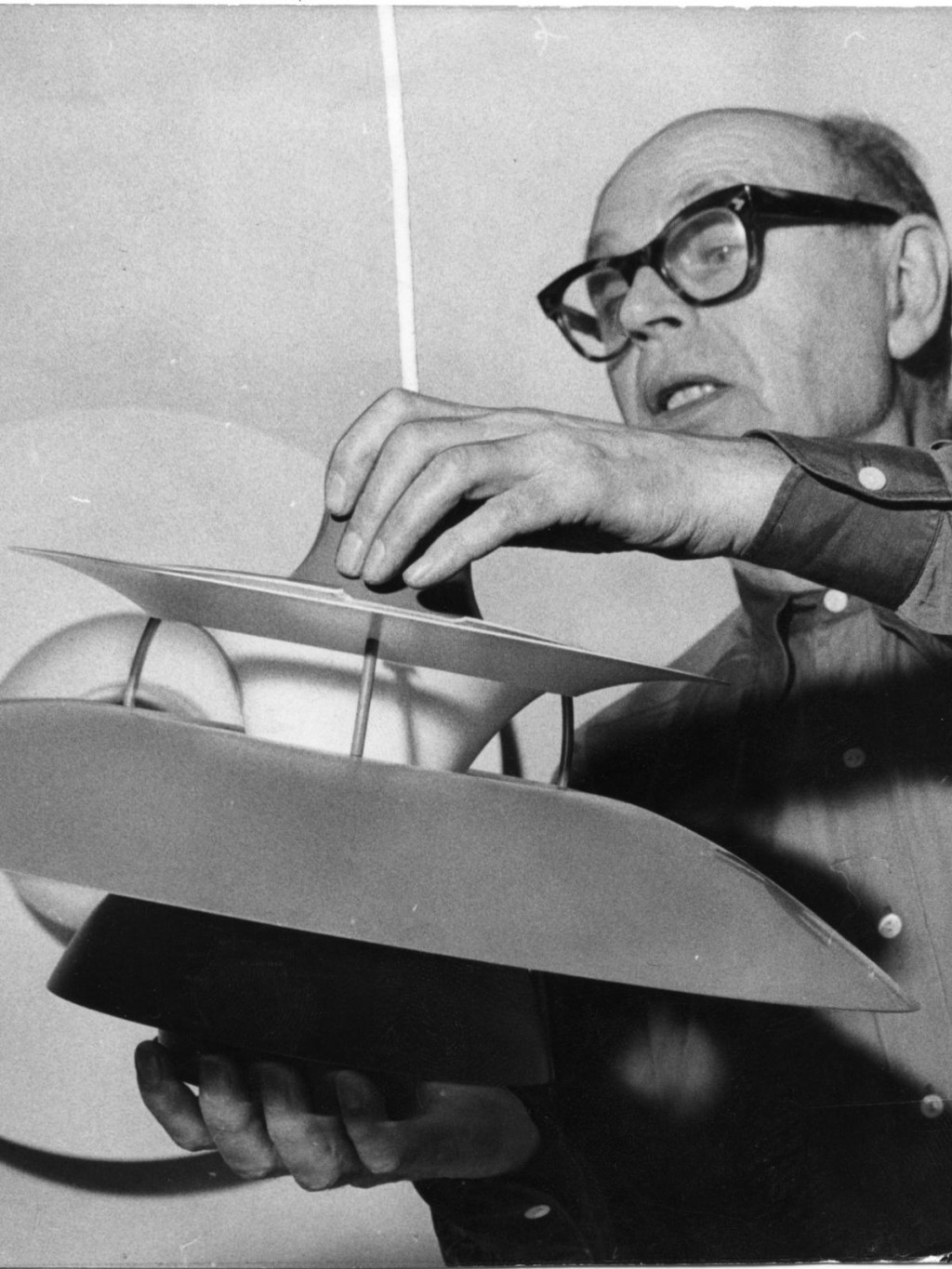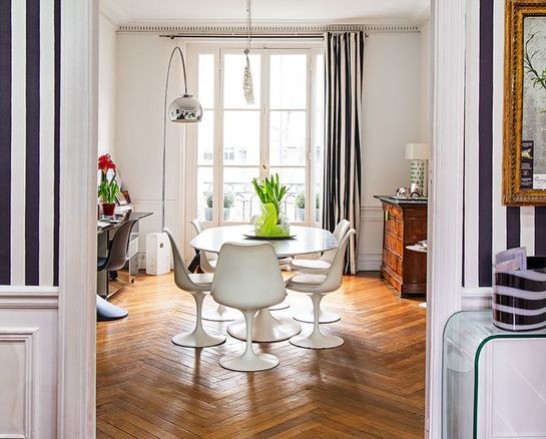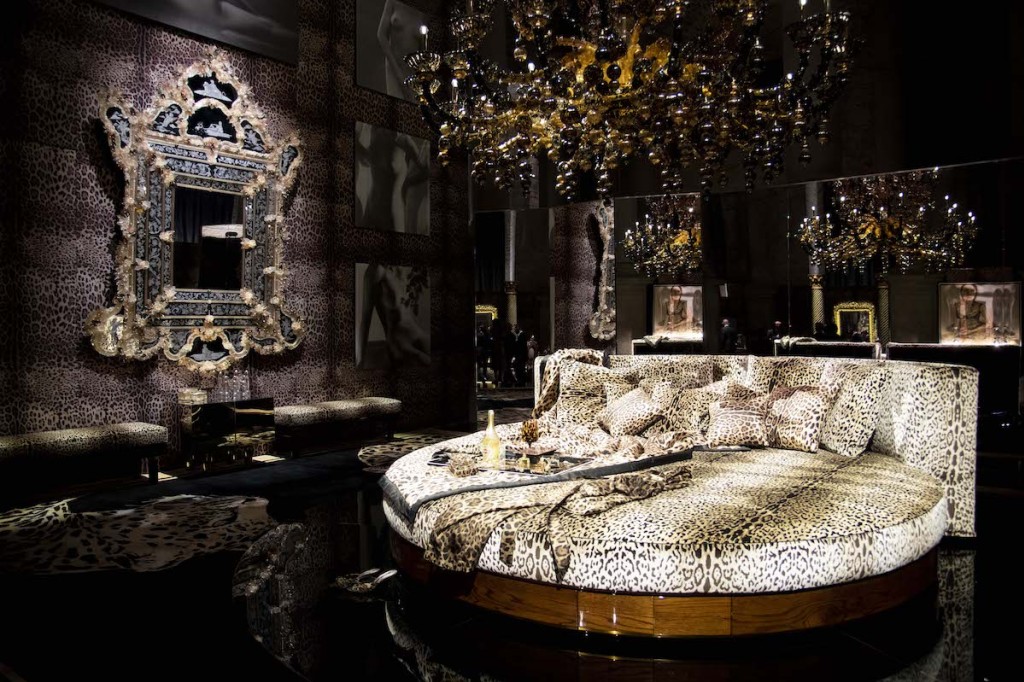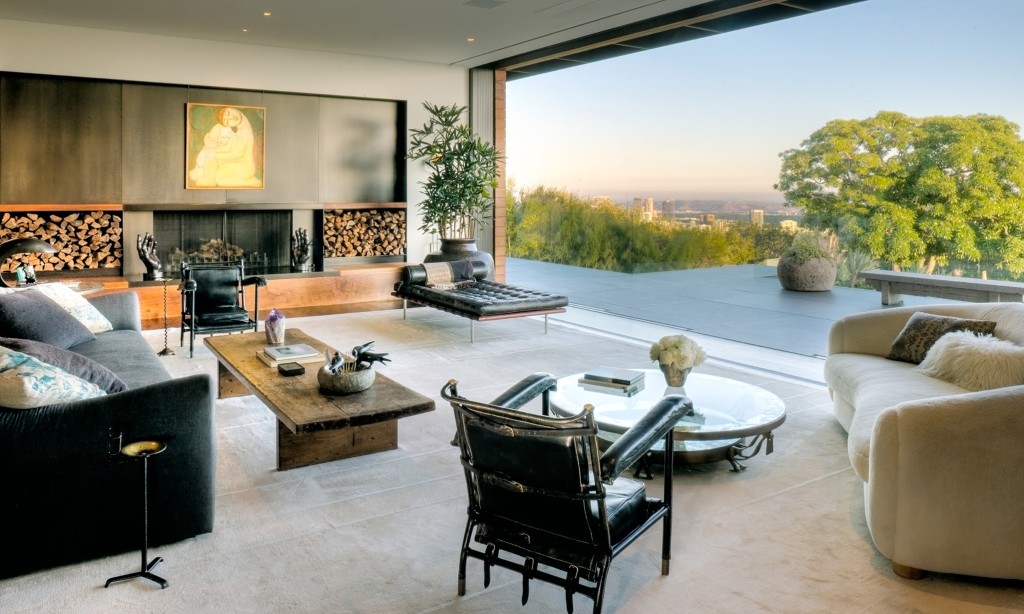French designer Serge Mouille's lighting fixtures are instantly recognizable. Aficionados of 1950s vintage design are snapping up the singular and exceptional pieces of this designer. In only ten years, Serge Mouille has given a timeless style to real hand-made light sculptures. Before reaching international recognition, Serge Mouille was first of all a master craftsman who elevated his practice of metalwork to the rank of art. A look back at an atypical career, whose luminous creations have become classics of post-war design.

Serge Mouille (1922-1988) was born in Paris. Not a very studious student, he very quickly reveals a predisposition for drawing. He is a precocious talent, since at only 13 years old, he passes the entrance exam to the School of Applied Arts. He decided to train in metallurgy and goldsmithing. He became passionate about this second discipline during the courses given by Gabriel Lacroix who became his mentor. Under the direction of Lacroix, Serge Mouille became one of the best experts in metal work. Unfortunately, he was forced to stop his studies temporarily when he was diagnosed with tuberculosis.

© Barnies
He resumed his studies and graduated with flying colors in 1941. After the war, having become a master in the art of modeling metal with a hammer, Serge Mouille worked for various silverware houses, including Hénin Goldsmith. In 1947, following a competition, he was appointed to succeed Gabriel Lacroix at the École des Arts Appliqués. Initially Lacroix's assistant, he officially succeeded him in 1954 as professor in title of drawing and chasing.

© The Strict Maximum
It is the encounters that will precipitate Serge Mouille's creative career. In the commuter train that takes him to Paris every day, he meets Slavik, a decorator at Publicis. Slavik introduced Serge Mouille to Jean Adnet, who was then in charge of the Galeries Lafayette display team. While Slavik and Jean Adnet commission Serge Mouille to design lighting for an exhibition, Mouille meets Jean Adnet's twin brother, Jacques Adnet, director of the Compagnie des Arts Français, who asks him to design a light fixture for his South American clientele.
This project launches Serge Mouille's meteoric career as a designer. The teacher set about the task and took nearly a year to design a 1er floor lamp made of enameled aluminum, with 3 arms articulated with ball joints. The lampshades fixed at the ends swivel and tilt, they are topped with a nipple, the style of "Serge Mouille" lighting fixtures is then born. For this 1strealisation delivered in 1952, Serge Mouille wished to design a piece that stood out from the standards of the time, and in particular from Italian lighting fixtures, which he considered too technical.

For 10 years, Serge Mouille would perfect his insect-like models on legs, declining his aesthetic vocabulary in the form of floor lamps, table lamps, hanging lamps and wall lamps with a minimalist look. The "Mouille Style": thin steel rods in black lacquered metal, brass ball joints, aluminum foil reflectors meticulously handcrafted into unique shapes that evoke the female breast, a sculptural aesthetic that gives the impression of movement in space.

© The Strict Maximum

Edition of the 1955s by Editions Serge Mouille

© Nedgis


Unique fact: Serge Mouille chisels each reflector by hand, they are true jewels with a smooth finish that cannot be reproduced by usual techniques. Moreover, the creator will always refuse to industrialize his models - he will create about fifty of them -, preferring to jealously preserve an unequalled know-how. Each model is unique and allows for a wide variety of lighting styles.




3 personalities allowed Serge Mouille to carry out his work as a goldsmith by hand, to make his work known, and to record commissions. Serge Mouille never wished to entrust the realization and the distribution of his pieces to a publisher, he finds in the person of the gallery owner Steph Simon (1902-1982) who exhibits exclusive models of Jean Prouvé and Charlotte Perriand, an ideal intermediary to exhibit his models in Paris. To manufacture his lamps, Mouille relies on Henri Depierre, who makes the welds of the first three-armed street lamps. Finally, he could count on the influence of the decorator Louis Sognot (1892-1970) to place his creations when he obtained orders from individuals.


© Le strict maximum
From 1952 to 1963, Serge Mouille independently created his famous black metal lighting fixtures with an immediately identifiable style - the Formes Noires series - while continuing to teach. He stopped his activity in 1963 for various reasons: The Steph Simon gallery encountered financial difficulties, he ended his collaboration with Henri Depierre and his new series - Columns -, created in 1961, met with mixed success. However, he continues to teach and draw. It was not until the 1980s that his work was again highlighted through various retrospectives. Serge Mouille, suffering from tuberculosis, died in 1988.

Lamps models Très Grand Signal and Grand Totem, design Serge Mouile, 1962 and 1963, Column series. With his new series, Serge Mouile radically changes his aesthetic language. His luminous columns use the fluorescent tube, new at the time

TheColumns series lamps in a contemporary interior
© Scandinavia Design
In 1999, Gin Mouille, the widow of Serge Mouille, founded Editions Serge Mouille with Claude Delpiroux. Most of the models created during her husband's active decade are being manufactured again, and scrupulously respect the shapes and dimensions of the originals. A joy for lovers of the design of the master goldsmith whose creations are recognized and celebrated worldwide.
François Boutard
Credit photo cover: © Liberty's

